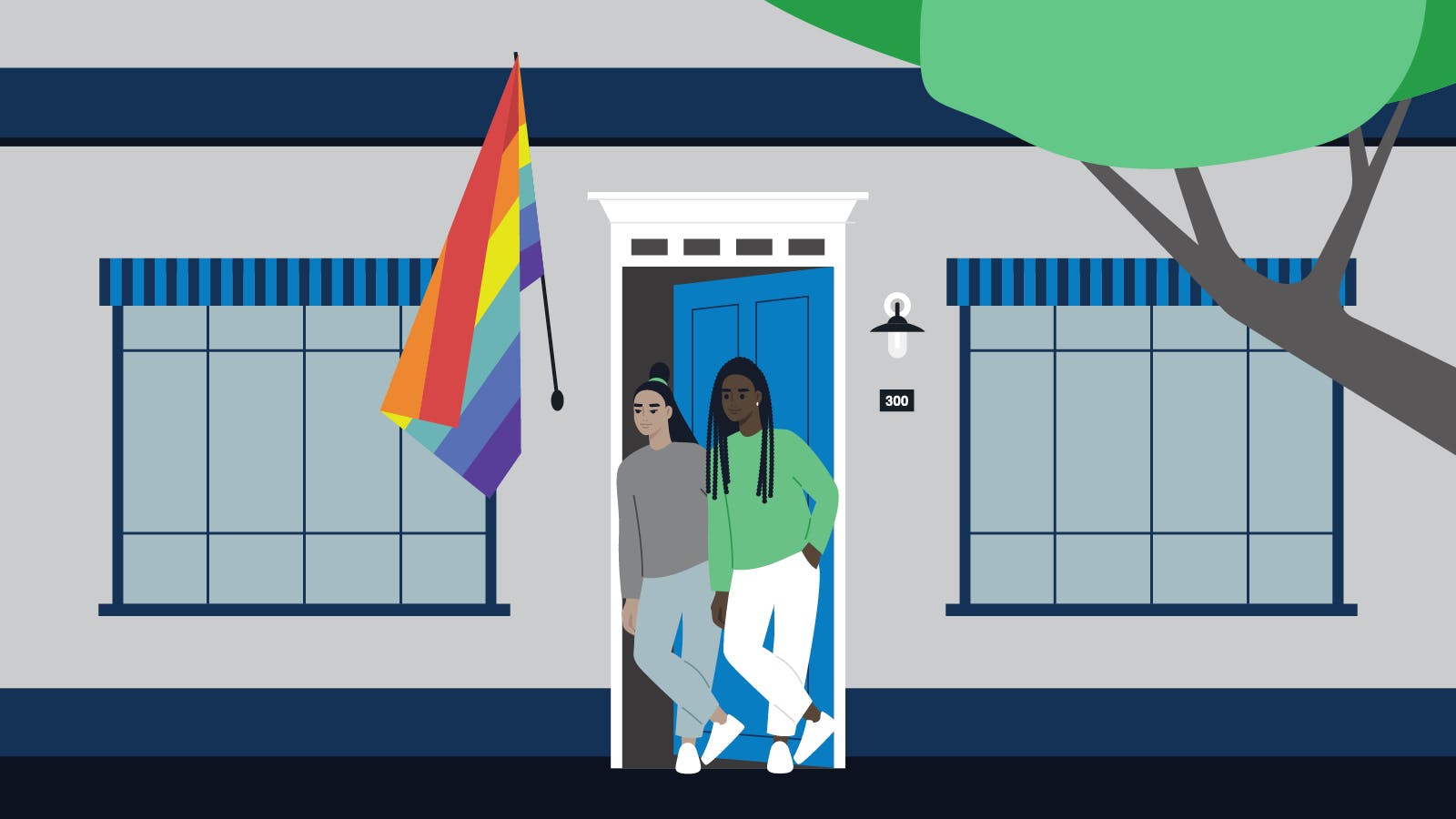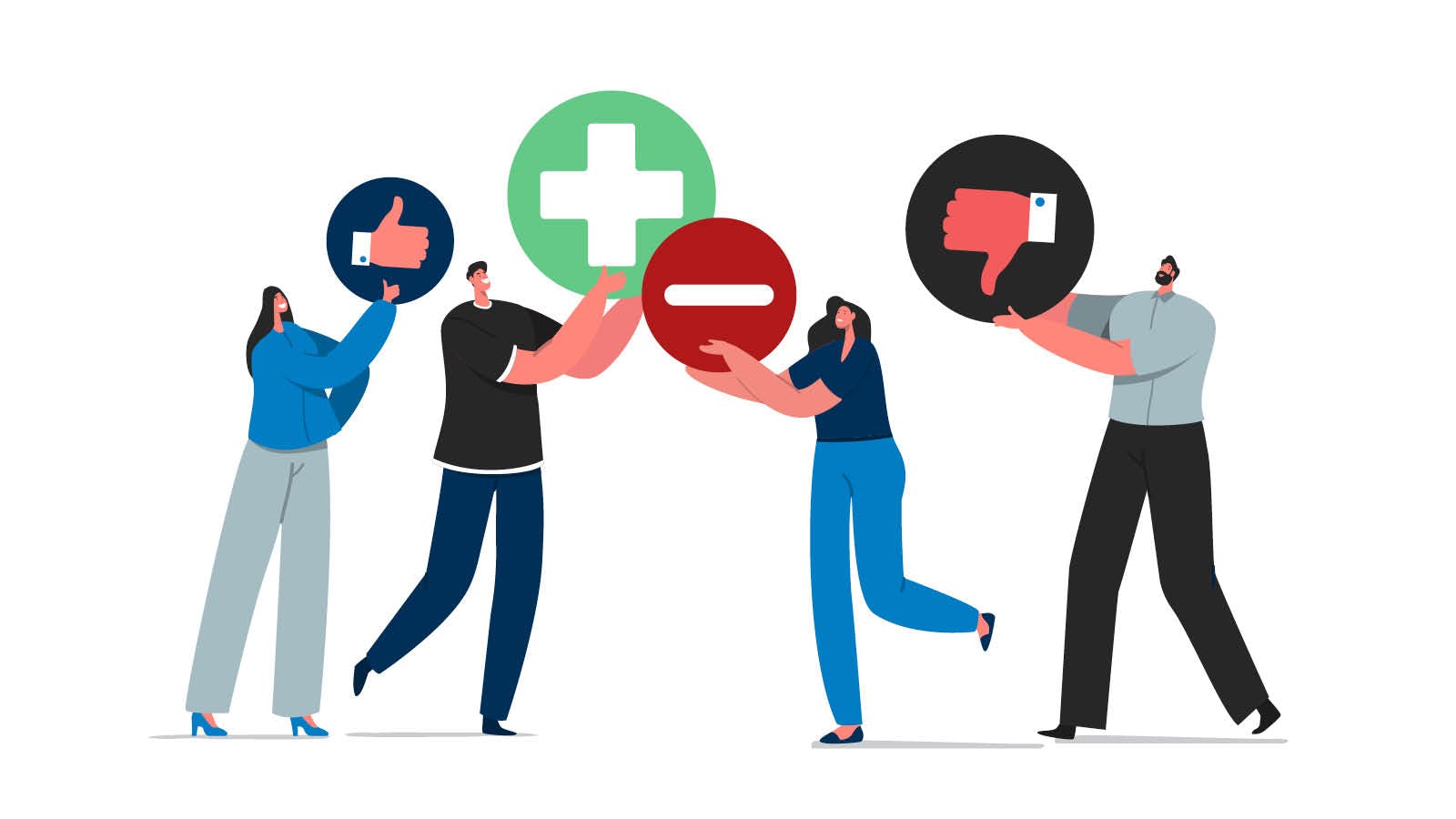While a safe, comfortable home of your own should be accessible for everyone, unfortunately, that often isn’t reality. The fact is that throughout history, certain groups have systematically had a more difficult time achieving homeownership. Today, that disparity, also known as the homeownership gap, exists along racial lines. Here’s how this unfortunate reality came to be, and what each of us can do to make a difference.
What is the Homeownership Gap?
The sizable gap in homeownership rates between white and non-white Americans is often referred to as the homeownership gap (Time, 2021). For example, the homeownership rate among white Americans, as of the third quarter of 2021, was 74.0% (U.S. Census Bureau, 2021). Asian, Native, Hawaiian and Pacific Islanders saw a homeownership rate of 60.2%, and Hispanic Americans saw a rate of 48.3%. Black Americans, however, have the lowest rate of homeownership at 44.0%.
To put these figures in context, this 30-point difference between black and white Americans is higher than the discrepancy in 1960, when blatant housing discrimination was legal (CNBC, 2021). What’s more, black homeownership rates have actually improved throughout the COVID-19 pandemic. In 2019, they had reached a record low of 40.6%.
So, amid modern anti-discrimination laws and increased access to homeownership, why has the housing gap persisted? The answer lies in a long, complicated history of inequality and insidious housing practices.
What Caused the Homeownership Gap?
Many negative impacts of the homeownership gap can be traced back to the mid-1900s when the practice of redlining first appeared (History, 2021). Essentially, mortgages for black families were withheld in certain areas. Red lines were drawn on maps to indicate which neighborhoods were not to receive financial support. At the same time, disreputable real estate agents engaged in a practice called racial steering, where they directed clients to specific areas based on race (Time, 2021). After years of these discriminatory housing practices, it has proved exceptionally difficult for Black Americans to achieve the rates of homeownership achieved by those of other identities.
The situation worsened in 2008 amid the subprime housing crisis. According to a CNBC article, in the years leading up to 2008, Hispanic Americans were 78% more likely to have a high-cost mortgage than their white counterparts. This figure shot up to 105% for Black Americans. As a result, nearly twice as many black and latino families lost their homes in the housing crisis than white families. The median net worth among black families, which was $12,124 in 2005, sunk to $5,677 in four years. The median net worth of white families dropped only from $134,992 to $113,149 in the same time period (CNBC 2020).
Finally, the pervasive practice of gentrification significantly widens the homeownership gap. Gentrification refers to the phenomenon of wealthy, primarily white individuals moving into neighborhoods historically inhabited by minorities, therefore driving up prices and forcing longtime residents out. For example, between the years 2000 and 2013, over 135,000 residents were priced out of their homes across 230 neighborhoods (CNBC, 2020). These displaced individuals were overwhelmingly black or Hispanic.
Working Together to Close the Homeownership Gap
While the homeownership gap persists, much has been done to fight the pervasive nature of housing discrimination. For example, the Fair Housing Act was implemented to help equalize homeownership (U.S. Department of Housing and Urban Development). Housing professionals across the country are beholden to its rights and obligations, and any suspected discrimination can and should be reported for investigation. Banks, credit unions and other lenders are also providing grants and incentives to help raise minority homeownership rates.
On an individual level, you can also join the fight by volunteering, donating and even simply supporting minority-owned businesses and collectives. There is plenty of work to be done when it comes to closing the homeownership gap, and progress will truly take all of us!
Published on January 31, 2022


